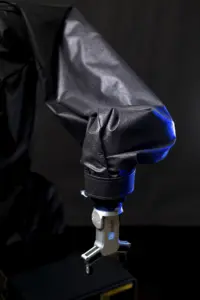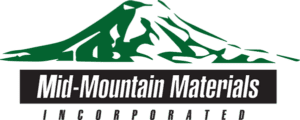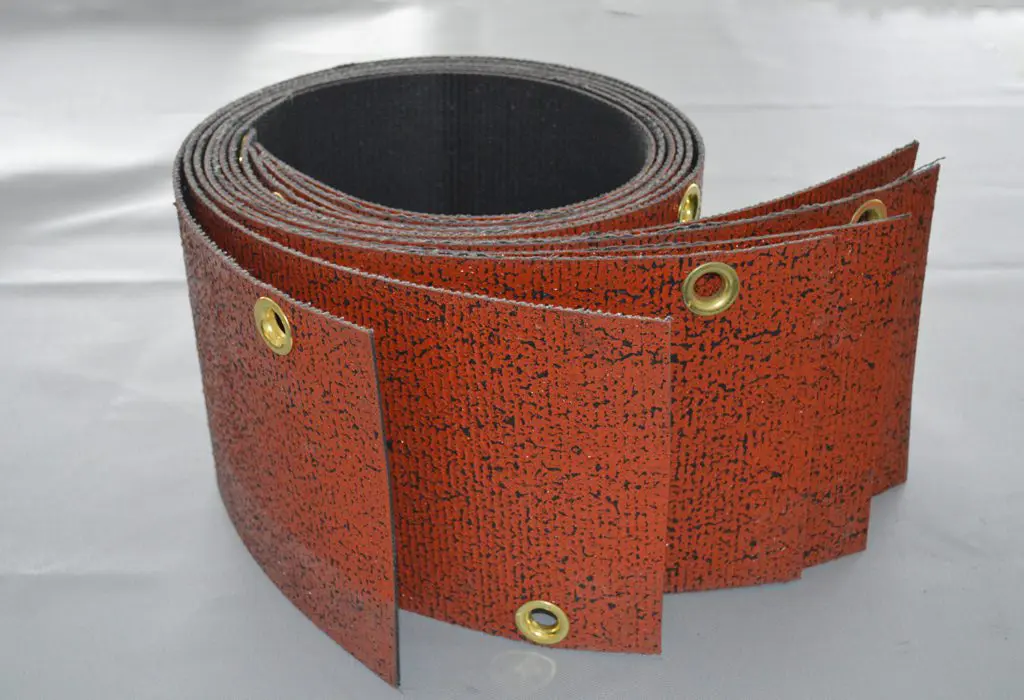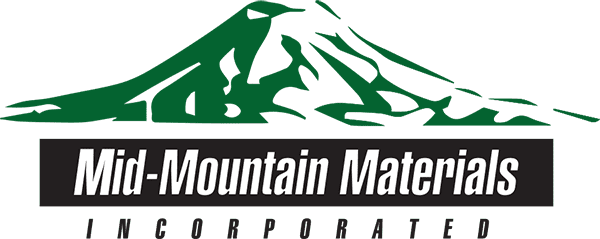In recent times, supply chain issues have hit many industries, leading to long lead times and unsatisfied customers. One way of combatting this is through vertical integration.
Vertical integration is a strategic structure implemented by a company meaning that they own the entire supply chain for their product. This article will outline how these structures work and the key benefits they yield.
Mid-Mountain’s ARMATEX® Coated Rope manufactured from  HYTEX® 1000 Round Braid Rope and coated with silicone
HYTEX® 1000 Round Braid Rope and coated with silicone
What are the Benefits of Vertical Integration?
Manufacturers focused on one stage of the production line often miss the bigger picture. This means they are less likely to innovate past immediate challenges to look for opportunities for long-term solutions.
Predictability
Vertical integration leads to greater predictability because more information is available to the organization. There is a greater opportunity to access production inputs and retail channels offer real-time information not filtered by third parties. Vertical integration can also allow for distribution requirements to be adjusted, promoting specific items to certain demographics. The organization can adapt rapidly to any changes, achieving a highly effective result.
Cost-Effectiveness
Vertical integration means that companies can reduce transaction costs throughout the supply chain. Keeping things in-house inevitably avoids mark-up, but also the large size of a supply chain can be leveraged by the company when dealing with suppliers that are not part of their company.
Quality Assurance
As more is kept in-house, vertical integration allows for increased quality assurance because more reliable scrutiny is placed on what is being produced. Quality assurance is beneficial to the company as a better product often leads to returning customers.
Customization
Vertical integration means that customers can collaborate more closely with those who can create solutions and meet demanding material development challenges. This means that production can be shaped by solving customer problems rather than just selling a product.
This also means that there can be a much quicker response to problems or innovations.
Vertical Integration Example at Mid Mountain Materials, Inc.
Mid-Mountain Materials, Inc. is an excellent example of a company that practices vertical integration.
For example, Mid-Mountain weaves a heavyweight fiberglass cloth that is then sent to the coating department to be coated with a proprietary mineral coating. After the coating, it is sent to fabrication where it is fabricated into a curtain for use in the transportation industry.
 Another example of this is with Mid-Mountain’s Thermopak® Robot Covers. The covers are made of Mid-Mountain’s ARMATEX® SBN13-602 coated fabric and then fabricated into a cover designed for a specific robot.
Another example of this is with Mid-Mountain’s Thermopak® Robot Covers. The covers are made of Mid-Mountain’s ARMATEX® SBN13-602 coated fabric and then fabricated into a cover designed for a specific robot.
These examples of vertical integration can be found all across the Mid-Mountain product line. This principle creates flexibility and a fast response to customers. To find out more about how vertical integration benefits the Mid-Mountain’s product line, get in touch with the team today.


